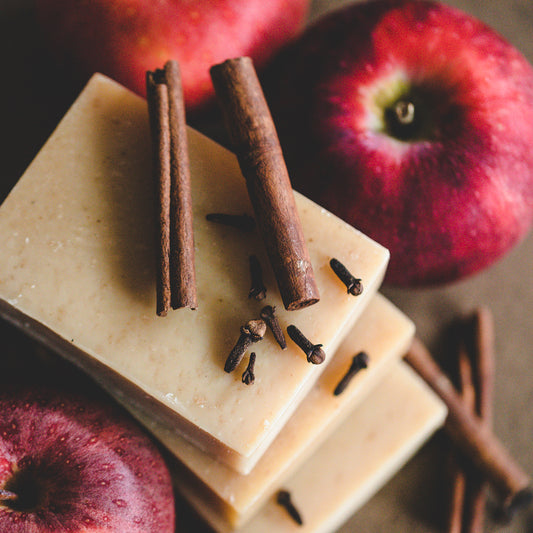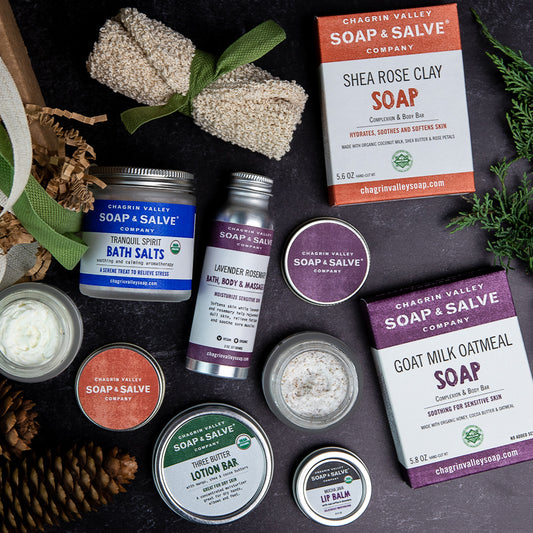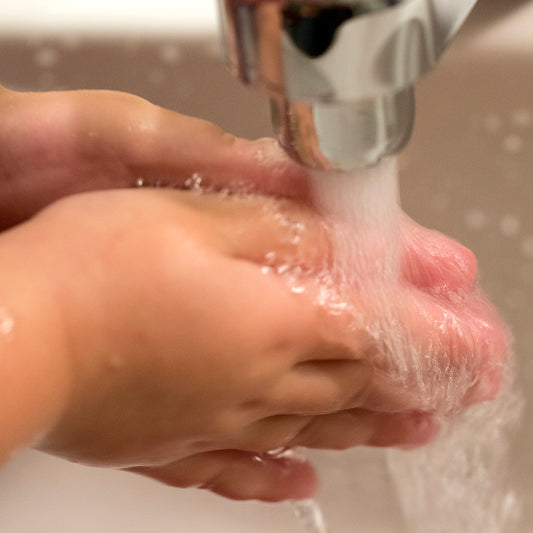Butterflies & Bees Need Our Help!
Why Do We Need Butterflies & Bees?
 Pollinators, like Bees and Butterflies, are crucial to the growth of 80 percent of our vegetable and fruit crops. Without pollinators, the human race and all of our land ecosystems would not survive.
Pollinators, like Bees and Butterflies, are crucial to the growth of 80 percent of our vegetable and fruit crops. Without pollinators, the human race and all of our land ecosystems would not survive.
Bees and Butterflies have been dying at alarming rates due to changing weather patterns, increased use of pesticides, and the destruction of their natural habitats.
Butterflies
There are about 12,000 different species of butterflies in the world. Butterflies not only have a role in pollinating our Earth's plant populations, but they are also an important part of the food chain.
Monarch butterflies, considered an indicator of our ecological health, have decreased by 90% in the last 20 years mainly due to a loss of habitat. Milkweed plants, the only plant upon which they lay eggs and their larvae feed, have disappeared due to the large-scale use of herbicides.
Unfortunately, in 2020, the U.S. Fish and Wildlife Service announced that they would be listing the monarch as endangered or threatened under the Endangered Species Act.
Bees
Bees have thrived for 50 million years. Of 100 crop species that provide 90% of our global food supply, 71 of them are pollinated by bees. Without these hard-working pollinators, our food crops will suffer greatly.
Bee populations have decreased drastically due to habitat loss, harsh winters, disease and exposure to pesticides and herbicides.
Honey Bees have been especially hard hit. According to the U.S. Department of Agriculture, they pollinate 80 percent of our flowering crops, which makes up one-third of everything we eat.
Losing our honey bees will not only affect the agricultural products we eat, but will also threaten our beef and dairy industries if crops are not available for feed.
Where Did The Pollinator's Habitats Go?
 Well, we have eliminated “weeds” and wildflowers from our manicured gardens, killed clover and other “weeds” on our manicured lawns, replaced native plants with exotic ones, and mowed down meadows – nature’s wildflower nurseries.
Well, we have eliminated “weeds” and wildflowers from our manicured gardens, killed clover and other “weeds” on our manicured lawns, replaced native plants with exotic ones, and mowed down meadows – nature’s wildflower nurseries.
Just as much as bees and butterflies have a role in ensuring our survival, we have an obligation in ensuring their survival.
Environmental Benefits of Pollinators
According to an article published by ecologist Jeff Ollerton in New Scientist March 17, 2021, "Pollinators are our secret weapon in the fight against global warming."
Carbon dioxide is the most commonly produced greenhouse gas. Maintaining plant biodiversity is needed for carbon sequestration or carbon recycling which is the process of capturing and storing atmospheric carbon dioxide. This process reduces the amount of carbon dioxide in the atmosphere which in turn helps with reducing global climate change. Thus, pollinators contribute to clean air.
Pollinators help ensure the continuation of plant populations that lock up carbon in their woody stems, roots, bulbs and tubers. The best way to restore natural habitats to help fight global warming is through natural regeneration from seeds, and for that we need pollinators.
Flowering plants produce breathable oxygen by utilizing the carbon dioxide produced by plants and animals as they "breathe." Levels of carbon dioxide in the atmosphere have been rapidly increasing in the last century due to increased burning of fossil fuels and destruction of our vital forests which act as our “earth’s lungs.”
Pollinators are key to the reproduction of wild plants. Without them, existing populations of plants would decline, even if soil, air, nutrients, and other life-sustaining elements were available.
Flowering plants help to purify water and prevent erosion through their roots that hold the soil in place, and by their foliage that tempers the impact of rain on fragile soil. The water cycle also depends on plants to return moisture to the atmosphere, and plants depend on pollinators to help them reproduce. (Picture from NAMEPA)
What Can We Do To Help Pollinators?
 We can create pollinator-friendly habitats by providing food (nectar plants), shelter, water and larval plants (plants that the butterfly caterpillars like to eat.)
We can create pollinator-friendly habitats by providing food (nectar plants), shelter, water and larval plants (plants that the butterfly caterpillars like to eat.)
Only a small amount of space is needed to provide a butterfly and bee habitat--it can even be a window box or small container garden. Every little bit of nectar will help to support bees, butterflies and other pollinators.
Remember when creating your pollinator garden to plant some native plants. Native plants are not only best suited to the weather of your region but they are also the best food sources for your native pollinators!
Plant Milkweed for the Monarch Butterflies
A few years ago I went to a native plant sale at our MetroParks and bought some milkweed plants for my home. I planted them in an area where they could spread. We now have about 30 of them and I love watching the monarchs that come to lay their eggs!
Designing Your Bee & Butterfly Retreat
- Learn about your local butterflies and bees and choose plants that are native to your region. These native plants share a long evolutionary history with their local pollinators. They are the plants to which local bees and butterflies are especially adapted.
- For butterflies, it is important to not only provide nectar plants, but also caterpillar host plants.

- Different species of butterflies and bees will be attracted to different plants according to their taste in nectar or even flower color. If you want to attract a variety of pollinators, plant a variety of flowers.
- You want plants in bloom all summer long so your butterflies and bees have food all season. You can do this by planting some early bloomers and some later bloomers. That way there will always be some nectar blooming in your garden habitat.
- Pollinators are attracted to groups of flowers, so plant more than one flower in any area.
-
Choose flowers with different structures. Butterflies have different length proboscises (tongues) that determine on which flowers they can feed. Select plants with simple flowers. Showy flowers with many layers of petals may look pretty, but they produce much less nectar and make it much more difficult to access pollen.
- Butterflies and bees are cold blooded and need a sunny place to warm themselves. The ideal place for a pollinator garden is in a full sun area that is sheltered from the wind. Provide several landing pads or sunbathing perches in open and sunny areas throughout the garden.
- Create a Bee and Butterfly Bath--they like puddles of water. They cannot drink from deep pools of water like a birdbath. Sink a shallow bowl into the ground filled with water and pebbles or twigs for the butterflies and bees to land on while drinking. Make sure to provide fresh water so your pollinators will learn that they can return to the same spot every day for a refreshing drink. Just a note--a collection of male butterflies at a puddle is called a "puddle club.”
- Insecticides will kill bees, butterflies and their caterpillars. If a pest problem develops in your garden, try using a biological pest control like ladybugs as a first line of defense. If pests persist try using a natural insecticidal soap that can be applied only to areas on the plants where the pests are located.
It is important to remember that what we think of as destructive caterpillars are the larval stage of the butterfly, so do not use pesticides and insecticides on their plant homes. Rather, plant some extra plants specifically for caterpillar snacks.
Having a wildlife-friendly garden is a wonderful experience for all ages. Once you have started your garden, no matter how small, you can be proud that you have helped with the survival of these important pollinators.
We live in Northeastern Ohio. The video below shows some of the plants we are growing at the Chagrin Valley Soap "factory" and at our home to create Butterfly and Bee habitats. Your local nursery should be able to help you with the best plants for your area.
Updated June 2021


